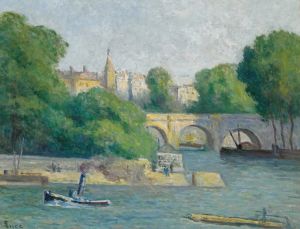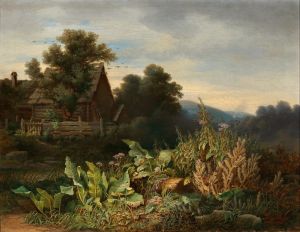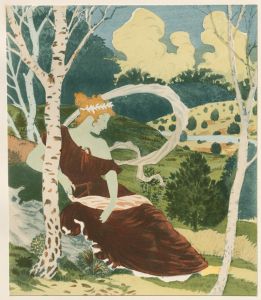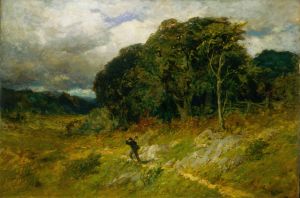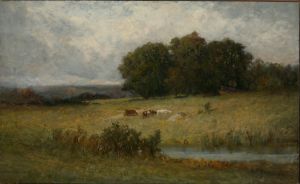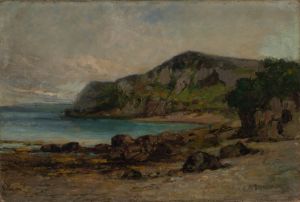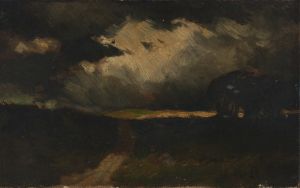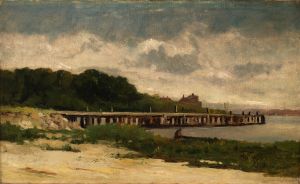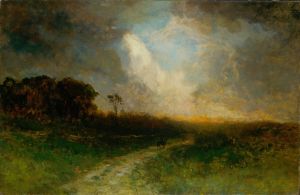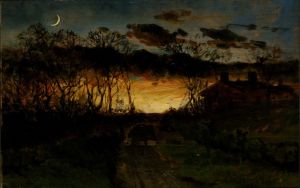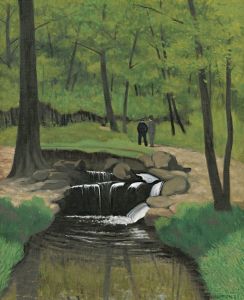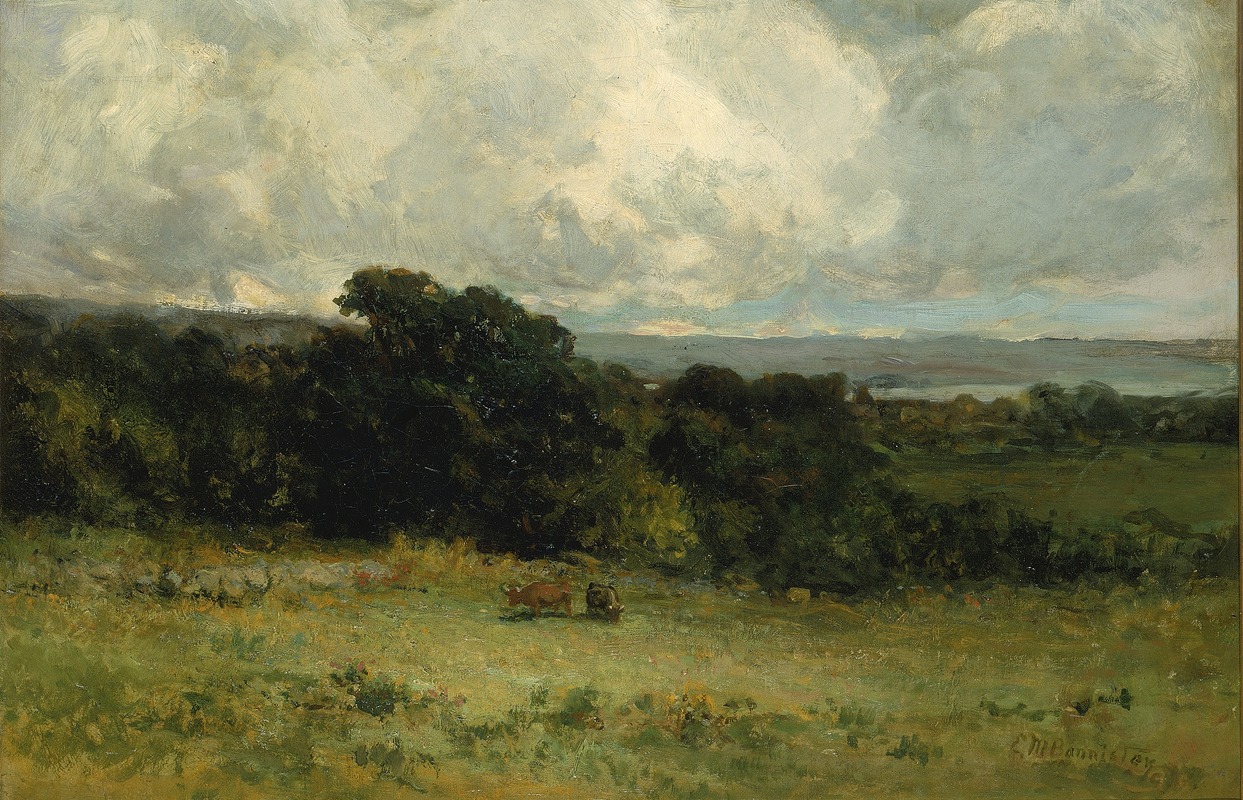
Pleasant Pastures
A hand-painted replica of Edward Mitchell Bannister’s masterpiece Pleasant Pastures, meticulously crafted by professional artists to capture the true essence of the original. Each piece is created with museum-quality canvas and rare mineral pigments, carefully painted by experienced artists with delicate brushstrokes and rich, layered colors to perfectly recreate the texture of the original artwork. Unlike machine-printed reproductions, this hand-painted version brings the painting to life, infused with the artist’s emotions and skill in every stroke. Whether for personal collection or home decoration, it instantly elevates the artistic atmosphere of any space.
Edward Mitchell Bannister (1828–1901) was a prominent African American artist associated with the 19th-century American landscape painting tradition. His work often reflected the influence of the Hudson River School and the Barbizon School, emphasizing naturalistic depictions of rural scenes and a deep appreciation for the beauty of the natural world. Among his notable works is the painting Pleasant Pastures, which exemplifies his mastery of tonal harmony and atmospheric effects.
Pleasant Pastures is a serene landscape painting that showcases Bannister's ability to capture the tranquility and simplicity of rural life. The composition features a pastoral scene with rolling fields, scattered trees, and a soft, diffused light that bathes the landscape. Bannister's use of warm earth tones and subtle contrasts creates a sense of depth and calmness, inviting viewers to immerse themselves in the peaceful setting. The painting reflects Bannister's commitment to portraying the natural world with dignity and reverence, a hallmark of his artistic philosophy.
Bannister's career was marked by significant achievements despite the racial barriers he faced as a Black artist in 19th-century America. He gained national recognition in 1876 when his painting Under the Oaks won a first-place medal at the Philadelphia Centennial Exposition. This accolade brought attention to his work and established him as a respected figure in the art world. However, Bannister continued to encounter challenges due to the pervasive racial discrimination of the time.
While specific details about the creation and exhibition history of Pleasant Pastures are not widely documented, the painting is representative of Bannister's broader body of work, which often celebrated the harmony between humanity and nature. His landscapes frequently avoided overt social or political commentary, instead focusing on universal themes of beauty and serenity. This approach allowed his art to transcend racial boundaries and appeal to a diverse audience.
Bannister was a founding member of the Providence Art Club in Rhode Island, where he spent much of his career. The club provided a supportive community for artists and played a crucial role in fostering Bannister's artistic development. Today, his works are held in various collections, including the Smithsonian American Art Museum and the Rhode Island School of Design Museum, ensuring his legacy as a pioneering African American artist endures.
Pleasant Pastures remains an important example of Bannister's contribution to American art, reflecting his technical skill, artistic vision, and dedication to capturing the quiet beauty of the natural world.






